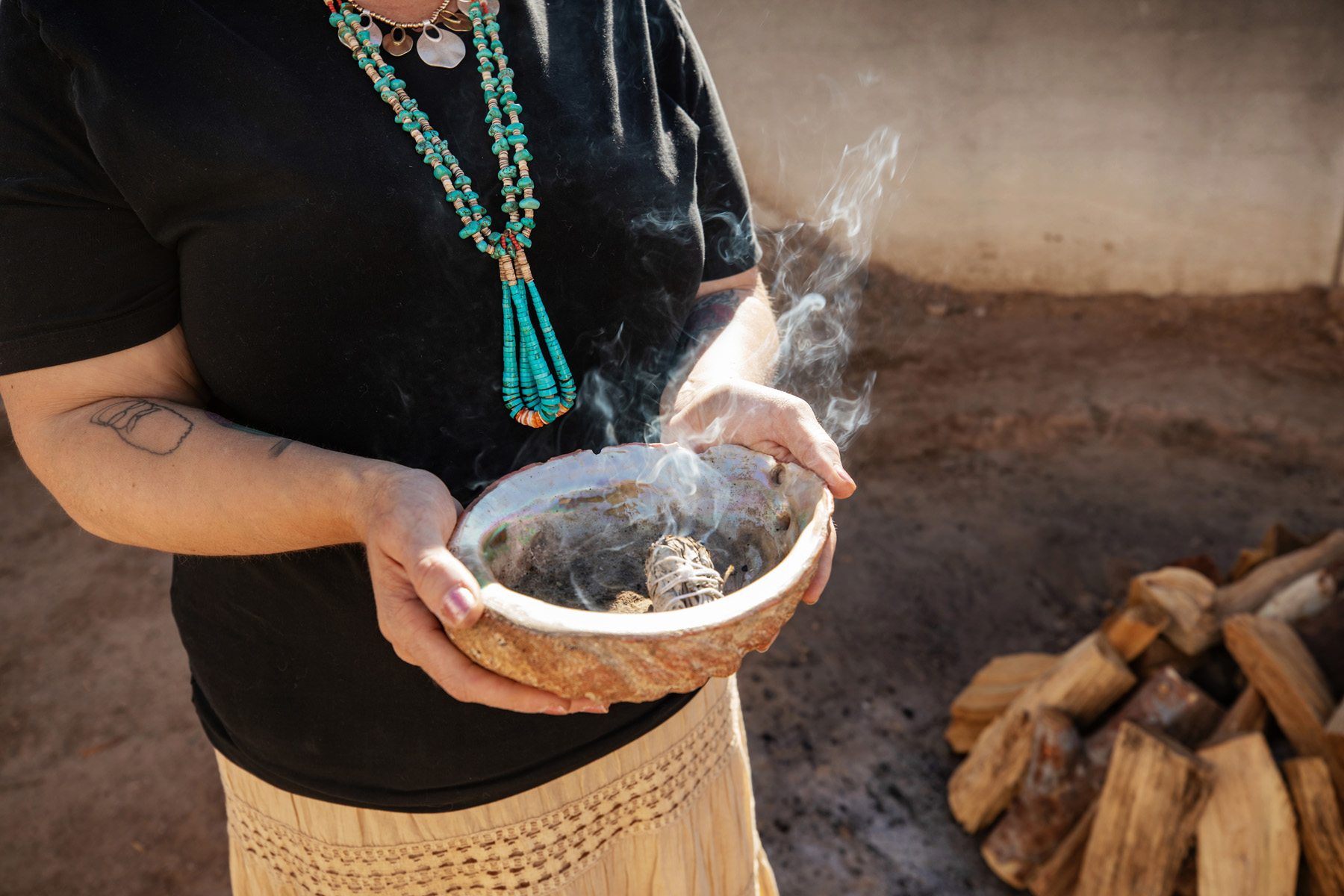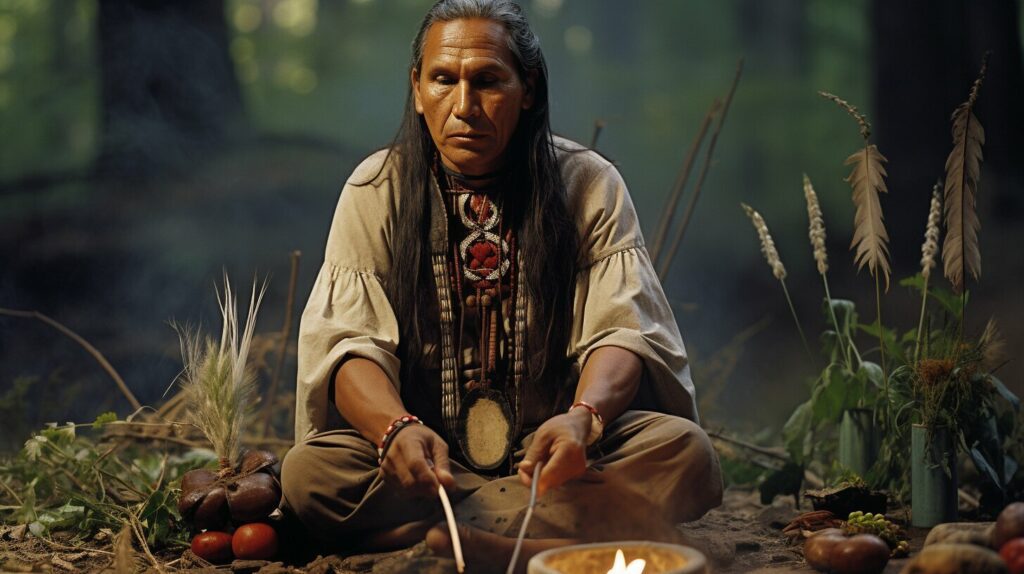
Sacred Echoes: Native American Healing Ceremonies and the Enduring Path to Holistic Wellness
In a world increasingly dominated by clinical approaches to health, the ancient wisdom of Native American tribal healing ceremonies offers a profound counter-narrative – a holistic path to wellness that encompasses not just the physical body, but also the mind, spirit, community, and the sacred connection to the land. These traditional practices, forged over millennia, represent an intricate tapestry of spirituality, medicine, and cultural identity, proving their enduring power as vital methods for comprehensive well-being. Far from being relics of the past, these ceremonies are vibrant, living traditions that continue to heal and strengthen Indigenous communities today.
At the heart of Native American healing lies the principle of interconnectedness. Unlike Western medicine, which often compartmentalizes ailments, Indigenous healing understands that an individual’s health is inseparable from their relationship with family, community, ancestors, the natural world, and the spiritual realm. Illness, therefore, is often viewed not merely as a biological malfunction but as an imbalance in these intricate relationships. Healing ceremonies aim to restore this balance, guiding individuals back into harmony with themselves and the cosmos.
The Sweat Lodge (Inipi): A Womb of Rebirth and Purification
One of the most ubiquitous and powerful healing ceremonies across various tribes is the Sweat Lodge, often known by its Lakota name, Inipi, meaning "to live again." This ceremony is a deeply spiritual experience designed for physical purification, emotional release, and spiritual rebirth. The lodge itself is typically a dome-shaped structure, often constructed from natural materials like willow branches covered with blankets or hides, forming a dark, enclosed space.
Participants enter the lodge, which represents the womb of Mother Earth, symbolizing a return to the origin. In the center, a pit holds heated stones, often referred to as "Grandfathers," which are brought in from an external fire. Water is then poured over these glowing stones by a ceremonial leader or "Sweat Lodge keeper," generating intense steam that fills the lodge. The heat, darkness, and steam create an environment conducive to introspection, prayer, and communal sharing.

"The Sweat Lodge is not just about sweating out toxins; it’s about sweating out our worries, our anger, our sadness, and connecting with the Great Spirit in a profound way," explains a Navajo elder. "It’s a place where we are all equal, vulnerable, and open to healing."
During the ceremony, participants offer prayers, sing sacred songs, and share their burdens, guided by the leader. The process is divided into "doors" or rounds, each focusing on different aspects of prayer – for family, for the community, for the ancestors, for the earth. The intense heat combined with the spiritual focus facilitates a deep cleansing, both physically and spiritually. Participants emerge feeling cleansed, renewed, and reconnected to their spiritual core, often experiencing a profound sense of peace and clarity.
The Vision Quest (Hanblecheya): Seeking Spiritual Guidance
Another pivotal healing and growth ceremony, particularly among Plains tribes, is the Vision Quest, or Hanblecheya (Lakota for "crying for a vision"). This solitary journey into nature is undertaken by individuals seeking spiritual guidance, a sense of purpose, or healing for deep-seated emotional or spiritual wounds. It is a profound rite of passage, often marking a transition from adolescence to adulthood, or a period of significant life change.
A Vision Quest typically involves an individual isolating themselves in a remote, sacred natural setting for several days and nights, often without food or water. Accompanied by the prayers and support of a medicine person or elder who prepares the site and offers guidance, the seeker endures the elements, fasts, and prays continuously. The purpose is to humble oneself, to listen intently to the natural world, and to open oneself to receiving spiritual visions or messages from the Creator, animal spirits, or ancestors.
"To go on a vision quest is to step into the sacred unknown, trusting the spirits and the land to guide you," reflects a traditional Ojibwe healer. "It is a test of will, a deep conversation with the self and the cosmos, and often, the most profound healing comes from simply being present and listening."
The visions received during this period are highly personal and symbolic, interpreted with the help of the elder upon the seeker’s return. These insights provide direction, empower the individual with a renewed sense of purpose, and offer solutions to personal struggles. The physical and emotional endurance of the quest itself is a powerful catalyst for mental fortitude and spiritual strength, leading to a transformative healing experience that redefines one’s place in the world.
Smudging and Healing Circles: Cleansing and Communal Support
Beyond these more intensive ceremonies, daily practices like smudging and communal healing circles play crucial roles in maintaining spiritual and emotional wellness.

Smudging is a purification ritual involving the burning of sacred plants – most commonly sage, cedar, sweetgrass, and tobacco – whose smoke is fanned over a person, object, or space. Each plant carries specific spiritual properties:
- Sage is used for cleansing and purifying negative energy.
- Cedar is for protection and purification.
- Sweetgrass, often braided, represents mind, body, and spirit, and its sweet aroma is believed to attract positive energies and bring peace.
- Tobacco is considered a sacred plant, used as an offering and a means of communication with the spirit world.
The act of smudging is a simple yet profound way to clear stagnant energy, invite positive intentions, and create a sacred atmosphere before ceremonies, meetings, or simply to start the day with a clear mind. It is a tangible way to connect with the plant spirits and invoke their healing properties.
Healing Circles are communal gatherings where individuals come together to share their stories, express emotions, and offer support within a safe, sacred space. Guided by an elder or facilitator, participants speak from the heart, often holding a "talking stick" or other sacred object, ensuring that each voice is heard without interruption or judgment. The circle itself symbolizes equality, unity, and the interconnectedness of all present.
These circles are particularly effective in addressing collective trauma, grief, addiction, and other community-wide challenges. The shared vulnerability, empathetic listening, and collective prayers create a powerful energetic field that fosters emotional release and mutual healing. The knowledge that one is not alone in their struggles, and the wisdom shared by elders, can be incredibly validating and empowering.
The Role of Medicine People and Holistic Principles
Central to all these ceremonies are the medicine people, spiritual leaders, and elders who serve as keepers of sacred knowledge, ceremonial guides, and healers. Their role is not merely that of a doctor but encompasses spiritual guidance, psychological counseling, and cultural preservation. They undergo years of rigorous training, often through apprenticeships, learning about medicinal plants, sacred songs, ceremonies, and the intricate spiritual laws governing their people. Their wisdom is vital in maintaining the integrity and efficacy of these healing traditions.
The holistic nature of these ceremonies means they address the entire person:
- Physical: Detoxification, endurance, connection to natural elements.
- Mental: Clarity, focus, release of negative thought patterns.
- Emotional: Processing grief, anger, trauma, fostering empathy.
- Spiritual: Connection to the Creator, ancestors, spirit guides, finding purpose.
- Community: Strengthening bonds, mutual support, cultural identity.
Resilience and Modern Relevance
For centuries, Native American healing ceremonies faced severe suppression by colonial powers, who outlawed practices like the Sun Dance and Sweat Lodge, deeming them "pagan" and "savage." Children in residential schools were punished for speaking their languages or practicing their traditions. Despite these systemic attempts at cultural annihilation, these ceremonies endured, often practiced in secret, whispered from generation to generation.
Today, there is a powerful resurgence of interest and practice in traditional healing ceremonies. Indigenous communities are reclaiming their spiritual heritage, revitalizing languages, and teaching younger generations the importance of these practices. They are proving to be incredibly effective in addressing contemporary issues such as intergenerational trauma, addiction, and mental health crises, offering culturally relevant and deeply rooted pathways to recovery.
While some aspects of traditional healing are being integrated into Western healthcare models, it is crucial to understand and respect the profound spiritual and cultural context from which these ceremonies arise. They are not merely therapeutic techniques but sacred practices rooted in a distinct worldview. As such, non-Indigenous individuals seeking to engage with these practices must do so with utmost respect, humility, and under the direct guidance of authorized Indigenous ceremonial leaders, to avoid cultural appropriation.
In conclusion, Native American tribal healing ceremonies stand as a testament to the enduring power of traditional wisdom. They offer a comprehensive, holistic approach to wellness that transcends the limitations of conventional medicine, addressing the intricate connections between body, mind, spirit, community, and the sacred earth. In their sweat lodges, vision quests, smudging rituals, and healing circles, Indigenous peoples continue to find profound healing, resilience, and a deep connection to their identity, offering invaluable lessons on how to live in balance and harmony in an ever-changing world. Their sacred echoes resonate with a timeless truth: true healing embraces the whole self, nurtured by tradition, community, and the enduring spirit of the land.


